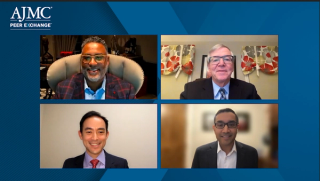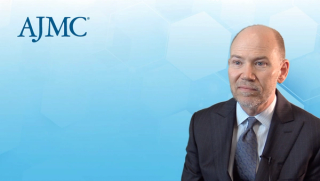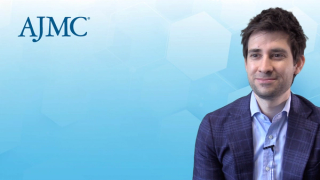
Ophthalmology
Latest News
Latest Videos

CME Content
More News

About 69% of pediatric patients had discontinued amblyopia therapy during COVID-19 even as their parents reported that adherence was good.
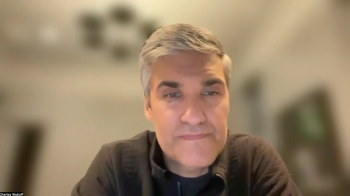
Gene therapies like RGX-314 are looking to treat very common diseases in ophthalmology, which would represent a tremendous opportunity for chronic disease management, said Charles C. Wykoff, MD, PhD, of Retina Consultants of Texas and the Blanton Eye Institute at Houston Methodist Hospital.
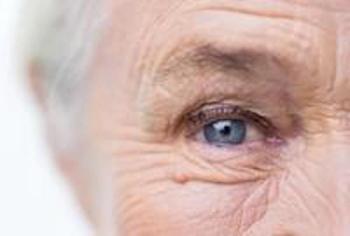
Aflibercept was a less cost-effective treatment for retinal vein occlusion (RVO) compared with bevacizumab, although visual acuity outcomes were similar.
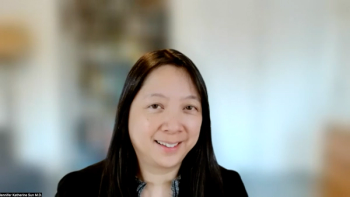
There is a concerted effort to identify biomarkers to understand the risk of progression of diabetic eye disease, but many studies have not been performed in diverse populations, explained Jennifer K. Sun, MD, MPH, associate professor of ophthalmology and chief of the Center for Clinical Eye Research and Trials, Harvard Medical School; and chair, DRCR Retina Network.

The relationship between myopia and primary open-angle glaucoma (POAG) was stronger in Asian, Black, and Hispanic individuals compared with White individuals.

When presented with a set of multiple choice questions used to help trainees practice for the ophthalmology board certification exams, the artificial intelligence (AI) chatbot ChatGPT was able to answer only half correctly.

The DRCR Retina Network is undertaking research to develop preventive strategies for diabetic eye disease, explained Jennifer K. Sun, MD, MPH, associate professor of ophthalmology and chief of the Center for Clinical Eye Research and Trials, Harvard Medical School; and chair, DRCR Retina Network.

Researchers found that eyeglasses with traditional steps of 0.25D were less effective and less preferred by participants compared with those refracted in 0.05D steps.

Gene therapy has the promise of being one and done, but it isn’t always that way for all patients, which leaves questions about where these therapies fit in the commercial landscape, said Charles C. Wykoff, MD, PhD, of Retina Consultants of Texas and the Blanton Eye Institute at Houston Methodist Hospital.

Retinopathy of prematurity (ROP) was found to have increased from 2003 to 2019, especially in Black and Hispanic children.

Retinopathy of prematurity (ROP) that occurs in preterm babies can progress fast, which requires quick decisions early about treatment, explained Darius M. Moshfeghi, MD, chief, Retina Division, and professor at the Horngren Family Vitreoretinal Center, Byers Eye Institute, Department of Ophthalmology, Stanford University School of Medicine.

Perfluorohexyloctane (NOV03) was able to reduce the signs and symptoms of dry eye disease (DED) when compared with hypotonic saline control and was well tolerated.

While there are benefits of gene therapy, some patients will continue to need anti–vascular endothelial growth factor (VEGF) therapy to treat wet age-related macular degeneration (AMD), said Charles C. Wykoff, MD, PhD, of Retina Consultants of Texas and the Blanton Eye Institute at Houston Methodist Hospital.

Treatment for age-related macular degeneration (AMD) and diabetic macular edema (DME) for a single year was found to be lowest when using bevacizumab.

The Protocol AC study analyzed visual acuity gains and cost if patients with diabetic macular edema started on bevacizumab, which costs less, and switched to aflibercept later, explained Jennifer K. Sun, MD, MPH, associate professor of ophthalmology and chief of the Center for Clinical Eye Research and Trials, Harvard Medical School; and chair, DRCR Retina Network.
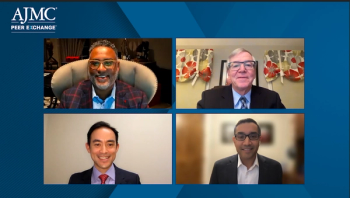
In their closing thoughts, the expert panelists discuss the future of the disease state and treatment options, and how they expect provider, patient, and payer value perception to change in the future.

The panelists discuss how payers can best engage with the retinal disease community on a provider and patient level.

The first FDA-approved therapy for geographic atrophy, pegcetacoplan, slows disease progression but does not reverse it, which means providers need to intervene early before there is too much irreversible damage, explained Eleonora Lad, MD, PhD, associate professor of ophthalmology, Duke University.

Dr Sheth discusses the evolution of access to treatment for AMD/DME over the past few years and initiatives to expand treatment access.

Joseph Coney, MD, FASRS, FACS, discusses switching anti-VEGF agents in the treatment of wet AMD and what payers should consider when switching anti-VEGF therapies.

American Indians and Alaska Native individuals had lower estimates of incidence of diabetic retinopathy than had been reported.

Veeral Sheth, MD, MBA, FACS, Joseph Coney, MD, FASRS, FACS, and Caesar Luo, MD, FASRS, FACS discuss their experience with utilization management strategies.

Caesar Luo, MD, FASRS, FACS discusses the biggest barriers for patients with wet AMD and DME to receiving optimal treatment and his strategies to overcome these barriers.

A systematic review found that there were currently a limited number of clinical trials evaluating treatment for dry eye disease (DED) that is associated with meibomian gland dysfunction (MGD).

Ganglion cell/inner plexiform layer (GCIPL) and circumpapillary retinal nerve fiber layer (cpRNFL) thinning were both associated with a higher risk of developing perimetric glaucoma.





